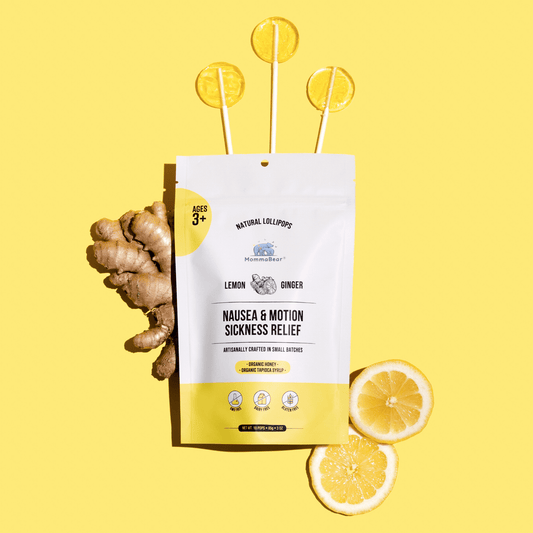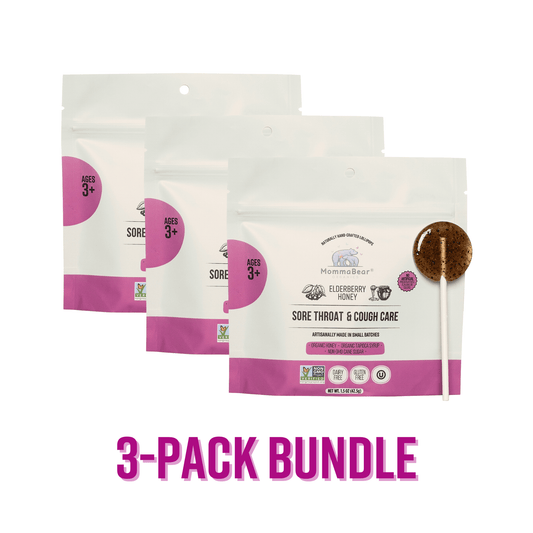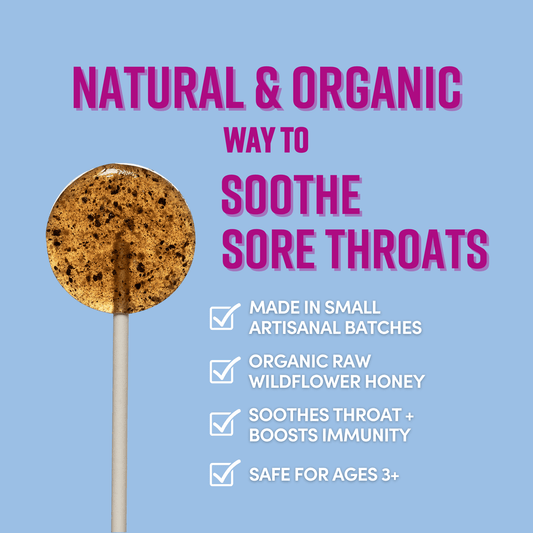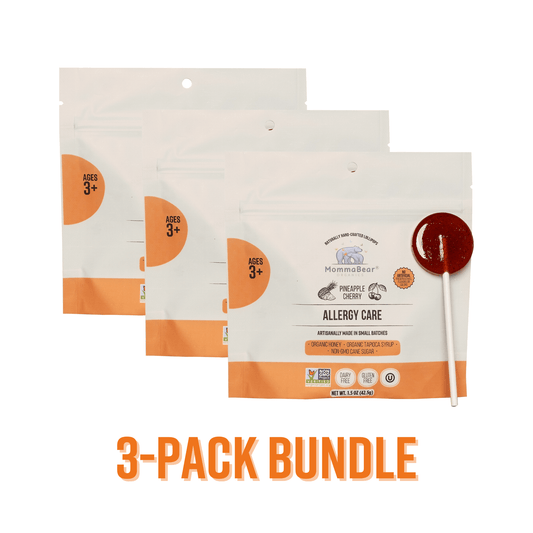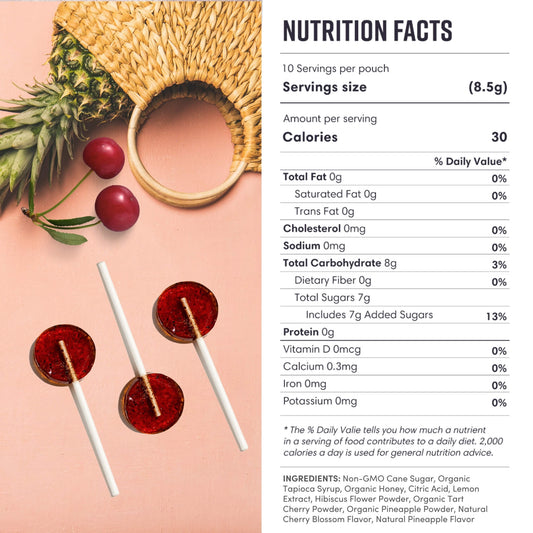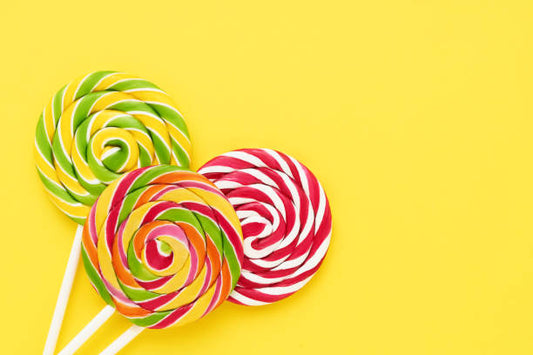Understanding Iron Deficiency
Iron deficiency is one of the most common nutritional deficiencies worldwide, affecting individuals across all age groups. It occurs when the body does not have enough iron to produce sufficient hemoglobin, a protein in red blood cells that carries oxygen throughout the body. This deficiency can lead to various health issues, making it crucial to understand its symptoms and causes. In fact, the World Health Organization estimates that approximately 1.62 billion people are affected by anemia, with iron deficiency being the leading cause. This highlights the importance of awareness and education regarding iron levels, especially in vulnerable populations such as children, pregnant women, and the elderly.
Symptoms of Iron Deficiency
Individuals suffering from iron deficiency may experience a variety of symptoms. Common signs include:
-
Fatigue and weakness
-
Pale skin and a pale appearance of the inside of the lower eyelids
-
Shortness of breath or dizziness
-
Cold hands and feet
-
Brittle nails
-
Cravings for strange substances such as ice or dirt (pica)
These symptoms can vary in intensity, and in many cases, individuals may not realize they are low in iron until more severe complications arise. In addition to the physical symptoms, iron deficiency can also have psychological effects, including mood swings, irritability, and cognitive difficulties, which can further impact daily life and productivity. It is essential to monitor these symptoms closely, as early detection can lead to more effective treatment and management of the condition.
Causes of Iron Deficiency
Several factors can contribute to iron deficiency, including:
-
Insufficient dietary intake: A diet low in iron-rich foods can lead to a deficiency, particularly in vegetarian or vegan diets that lack meat sources.
-
Increased demand: Certain life stages, such as pregnancy and adolescence, require more iron due to growth and development.
-
Blood loss: Conditions such as gastrointestinal bleeding, heavy menstrual periods, or surgeries that result in blood loss can deplete iron stores.
Recognizing these causes can help individuals take preventive measures, such as enhancing their diet or seeking medical advice when symptoms appear. Additionally, certain medical conditions, such as celiac disease or inflammatory bowel disease, can impair iron absorption, making it even more critical for affected individuals to monitor their iron levels. Regular check-ups and blood tests can provide valuable insights into one’s iron status, allowing for timely interventions before the deficiency escalates into more serious health complications.
The Role of Iron in the Body
Understanding the critical functions of iron in the human body is essential for appreciating its importance in maintaining health and preventing deficiency.
Iron and Hemoglobin
Iron plays a fundamental role in the formation of hemoglobin, the protein that carries oxygen in red blood cells. Each hemoglobin molecule contains four heme groups, each of which includes iron. This structure allows for efficient oxygen transport from the lungs to tissues throughout the body. Without adequate iron, the body struggles to meet its oxygen demands, leading to fatigue and decreased physical performance. In fact, athletes and individuals engaging in regular physical activity often require higher levels of iron to support their increased oxygen needs. This is particularly true for endurance athletes, who may experience a greater risk of iron deficiency due to the combination of intense training and potential dietary insufficiencies.
Iron and Immune Function
Iron is also vital for maintaining a robust immune system. It helps in the proliferation and maturation of immune cells, particularly lymphocytes, which are crucial for fighting off infections. A deficiency in iron can impair immune response, making individuals more susceptible to illnesses and infections. Moreover, iron is involved in the production of reactive oxygen species, which are essential for the destruction of pathogens. This dual role highlights the importance of maintaining adequate iron levels not only for overall health but also for effective immune defense. Certain populations, such as pregnant women and young children, are particularly at risk for iron deficiency and may require careful monitoring and dietary adjustments to ensure they receive sufficient amounts of this essential mineral.
The Downside of Iron Pills
While iron pills can be prescribed to address the deficiency, they often come with drawbacks that many individuals may find concerning. It's important to weigh these downsides against the benefits.
Common Side Effects of Iron Pills
Iron supplements can lead to several side effects, which may discourage ongoing use. Common side effects include:
-
Nausea and stomach upset
-
Constipation or diarrhea
-
Dark stools, which can be alarming
These gastrointestinal issues can deter patients from adhering to the prescribed dosage, ultimately hindering the successful correction of their iron levels. In addition to these physical discomforts, some individuals may experience a general sense of malaise or fatigue as their bodies adjust to the sudden influx of iron. This can create a frustrating cycle in which the very supplement intended to boost energy levels contributes to feelings of lethargy, leading patients to abandon their regimen prematurely.
Potential Risks of Overconsumption
Another concern related to iron supplementation is the risk of iron overload, which can lead to serious health complications. Excessive iron accumulates in vital organs, potentially causing:
-
Liver damage
-
Heart problems
-
Diabetes
Because of these risks, any iron supplementation should be monitored and managed by a healthcare professional. Additionally, individuals with certain genetic predispositions, such as hereditary hemochromatosis, are particularly vulnerable to the adverse effects of excess iron. This genetic condition can lead to an increased absorption of iron from the diet, making it crucial for these individuals to avoid unnecessary supplementation. Regular blood tests and consultations with a healthcare provider can help manage iron levels effectively, ensuring that patients receive the necessary support without risking their health.
Natural Sources of Iron
Fortunately, there are numerous natural sources of iron that can be incorporated into the diet, offering a delicious way to maintain adequate iron levels without the side effects associated with pills.
Iron-Rich Fruits and Vegetables
Many fruits and vegetables are rich in non-heme iron, which is less readily absorbed by the body but can still contribute significantly to overall intake. Some excellent options include:
-
Spinach
-
Swiss chard
-
Broccoli
-
Lentils
-
Beans such as kidney and black beans
-
Prune juice and dried fruits like apricots and raisins
Combining these foods with sources of vitamin C, like citrus fruits or bell peppers, can enhance the absorption of iron from plant sources. For instance, adding a squeeze of lemon to a spinach salad not only brightens the flavor but also boosts iron uptake, making your meal both nutritious and delicious. Additionally, incorporating a variety of colors in your vegetable intake can provide a broader spectrum of nutrients, supporting overall health while ensuring you meet your iron needs.
Iron in Meat and Seafood
Animal products contain heme iron, which is more easily absorbed by the body. Incorporating these sources can be beneficial, especially for individuals at higher risk for deficiency, such as pregnant women and athletes. Key sources include:
-
Red meat (beef, lamb)
-
Poultry (chicken, turkey)
-
Seafood (fish, oysters, shrimp)
Incorporating a delightful mix of meat and seafood into your meals can really help you meet your iron needs with ease! Think about enjoying a cozy beef stew or a juicy grilled chicken breast as the star of your dinner. Seafood choices like vibrant salmon or tasty sardines not only boost your iron intake but also bring along those wonderful omega-3 fatty acids for added health benefits. Plus, experimenting with various cooking methods—like grilling, baking, or steaming—can truly elevate the flavors and textures of these iron-rich foods, making your dining experience even more enjoyable!
Iron in Grains and Legumes
Whole grains and legumes are not only great sources of fiber and protein but also provide a notable amount of iron. Some options to consider include:
-
Quinoa
-
Brown rice
-
Oats
-
Chickpeas
These foods can easily be integrated into meals and snacks throughout the day to boost iron intake. For instance, a warm bowl of oatmeal topped with nuts and dried fruits can serve as a nourishing breakfast, while a quinoa salad mixed with colorful vegetables and a light dressing can make for a refreshing lunch. Furthermore, legumes like chickpeas can be transformed into delicious hummus or added to soups and stews, offering versatility in meal preparation while enhancing your iron consumption. Embracing these foods not only supports your iron levels but also contributes to a balanced and wholesome diet.
Tasty Recipes for Iron Intake
Incorporating iron into delicious meals and snacks can be enjoyable. Here are some appetizing recipe ideas that are rich in iron.
Iron-Boosting Breakfast Ideas
Starting your day with an iron-rich breakfast can set a positive tone for your nutrition. Consider trying:
-
Smoothie Bowl: Blend spinach, banana, and almond milk, then top it with nuts and seeds.
-
Overnight Oats: Combine oats with almond butter, chia seeds, and dried fruits.
-
Scrambled Tofu: Cook tofu with spinach, tomatoes, and sprouts for a hearty meal.
Each of these options is not only nutritious but also delicious and satisfying. The smoothie bowl, for instance, can be customized with various toppings like coconut flakes or fresh berries, adding both flavor and additional nutrients. Overnight oats are incredibly versatile; you can switch up the fruits or add spices like cinnamon or nutmeg for an extra kick. Scrambled tofu is a fantastic plant-based alternative to traditional scrambled eggs, and you can enhance its flavor with spices such as turmeric or nutritional yeast for a cheesy taste.
Iron-Packed Lunch and Dinner Recipes
Making lunch or dinner iron-rich doesn't have to be complicated. You can create meals that are both fulfilling and beneficial. Here are a few ideas:
-
Beef Stir-Fry: Sauté beef strips with bell peppers and broccoli over brown rice.
-
Chickpea Salad: Mixed greens topped with chickpeas, cherry tomatoes, and a lemon vinaigrette.
-
Salmon Quinoa Bowl: Serve baked salmon over a bed of quinoa with steamed asparagus.
These recipes are designed to be both easy to prepare and packed with flavor. The beef stir-fry can be made even more nutritious by adding a variety of colorful vegetables, such as snap peas or carrots, which not only enhance the dish's appearance but also contribute additional vitamins and minerals. The chickpea salad is a great option for meal prep; it can be made in advance and stored in the fridge, making it a quick grab-and-go lunch. For the salmon quinoa bowl, consider drizzling a homemade tahini dressing over the top for a creamy texture that complements the dish beautifully.
Iron-Rich Snacks and Desserts
For those late-night cravings or mid-day pick-me-ups, consider these iron-packed snacks and desserts:
-
Dark Chocolate: Choose varieties with 70% cocoa content for a rich treat.
-
Trail Mix: Combine nuts, seeds, and dried fruits for a nutritious blend.
-
Nut Butter Toast: Spread almond or peanut butter on whole-grain bread topped with banana slices.
These options not only satisfy cravings but also support your iron intake in an enjoyable manner. Dark chocolate, in addition to being a delicious indulgence, is rich in antioxidants, making it a smart choice for a sweet treat. Trail mix can be tailored to your taste; try adding cacao nibs or coconut chips for an extra layer of flavor. Nut butter toast is incredibly versatile as well—experiment with different toppings like chia seeds or a drizzle of honey for added sweetness and texture. These snacks can help keep your energy levels steady throughout the day while contributing to your overall iron intake.
Conclusion
In conclusion, while iron pills may offer a straightforward solution for addressing iron deficiency, exploring natural sources and delicious recipes provides a more enjoyable and sustainable approach to maintaining adequate iron levels. By understanding the symptoms of iron deficiency and incorporating iron-rich foods into your daily diet, you can enhance your health without the potential downsides associated with supplementation.
Prioritizing a balanced diet that includes a variety of iron sources, such as leafy greens, legumes, whole grains, and lean meats, is essential. Additionally, consider tasty recipes that can make iron intake a delightful experience.
For those looking for natural remedies to support overall wellness, Mama Bear Organics offers a range of organic, artisanally crafted lollipops made with raw wildflower honey. These treats are a great way to soothe those you love, naturally. Embrace these natural alternatives and enjoy the journey to better health through nourishing and flavorful meals!



